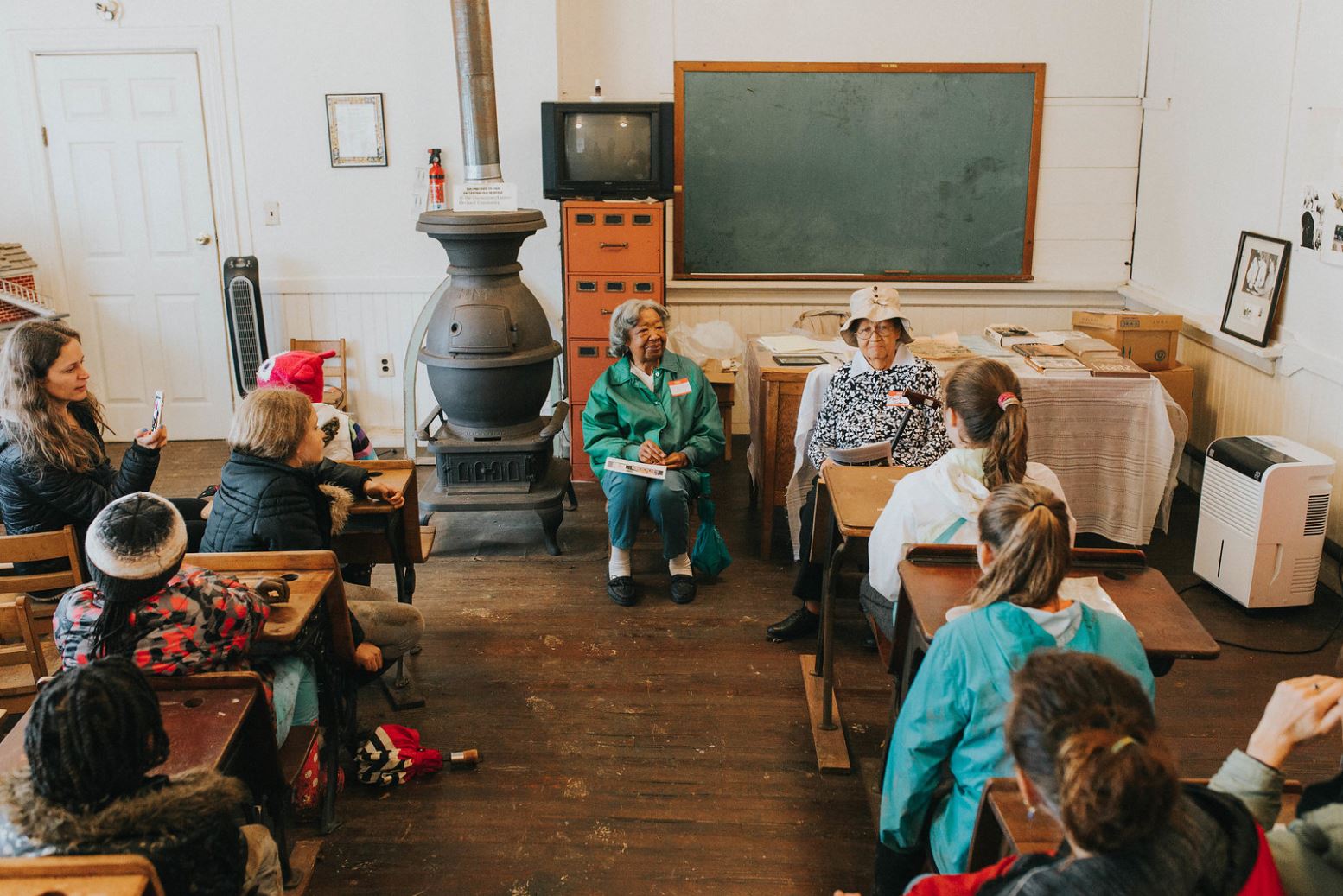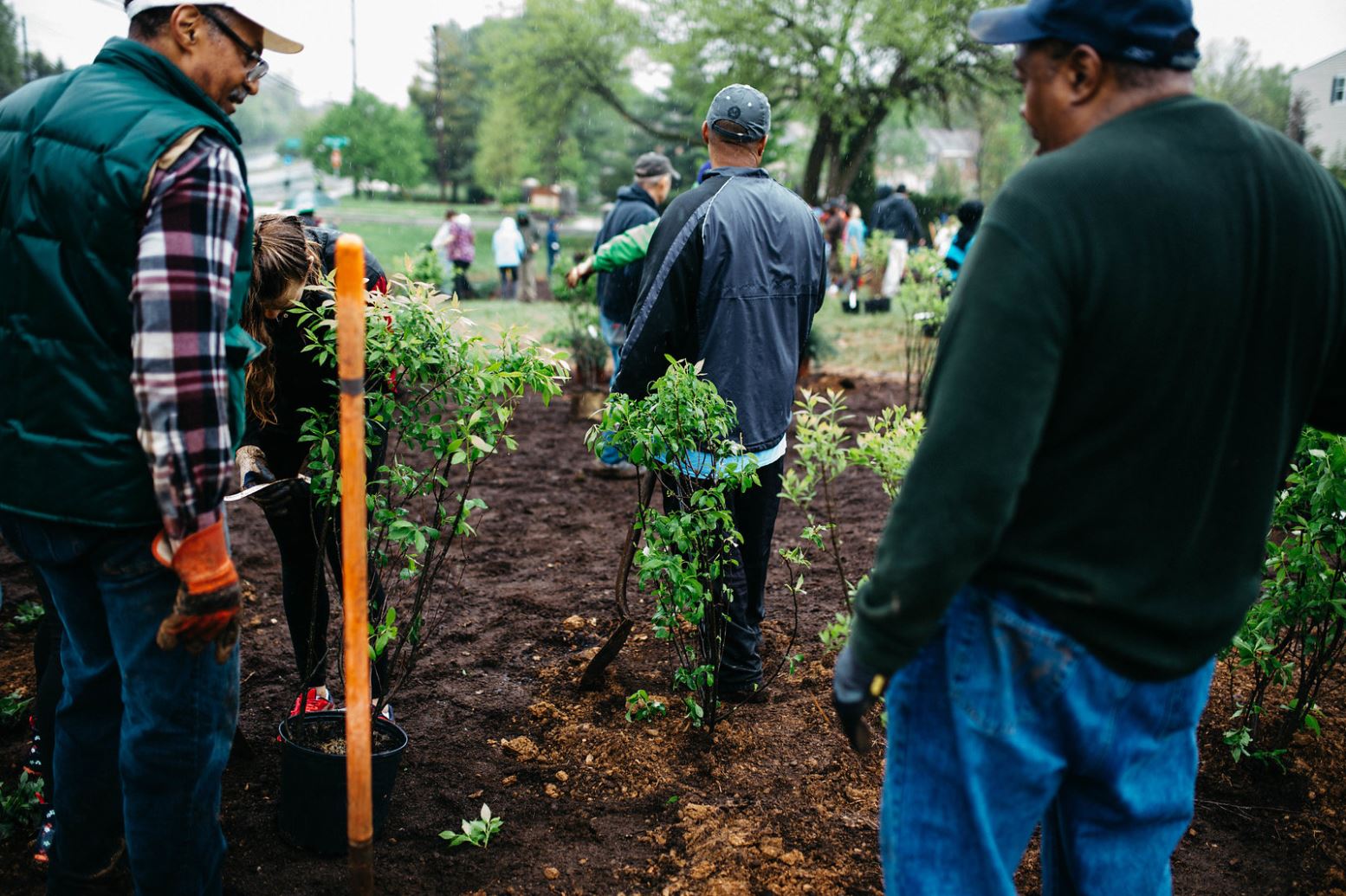"[O]ne way man can leave his mark on the whole face of nature without damage is to plant,” wrote Hugh Nibley. As Adam and Eve were commanded “to dress and to keep” the garden of Eden (Genesis 2:15), we have likewise been counseled to cultivate God’s rooted creations. This admonition was the key to a remarkable native landscaping project in Maryland that wrapped up this month. Over the last two years, LDS Earth Stewardship played a part in improving the Pleasant View Historic Site. Thanks to the hard work and leadership of board member Merikay Smith, LDS Earth Stewardship acquired a $25,000 grant from The Chesapeake Bay Trust and the Montgomery County Water Protection Fund. These funds—combined with $34,471 in donated plants, supplies, and volunteer labor—enabled a transformation of the site’s landscape.
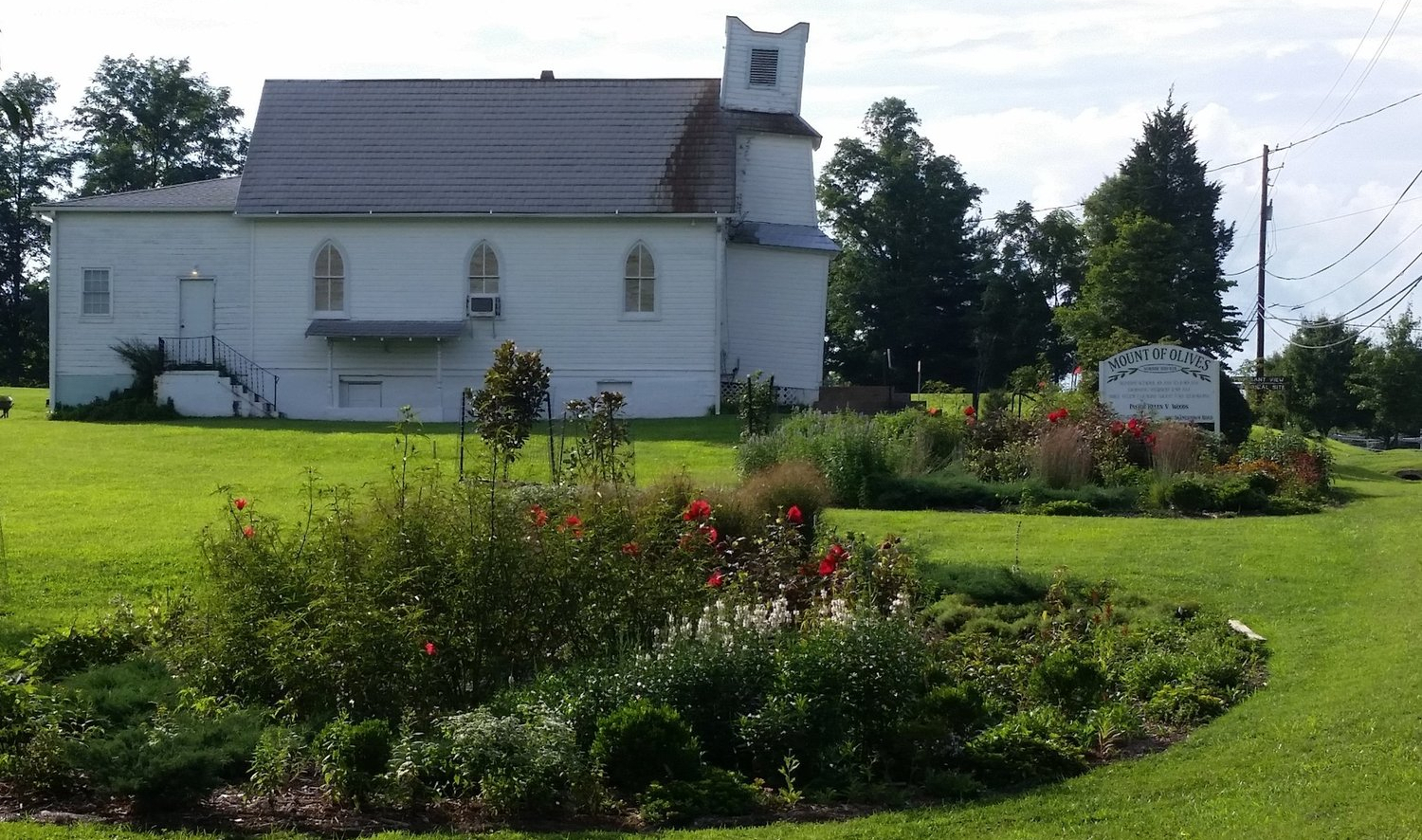
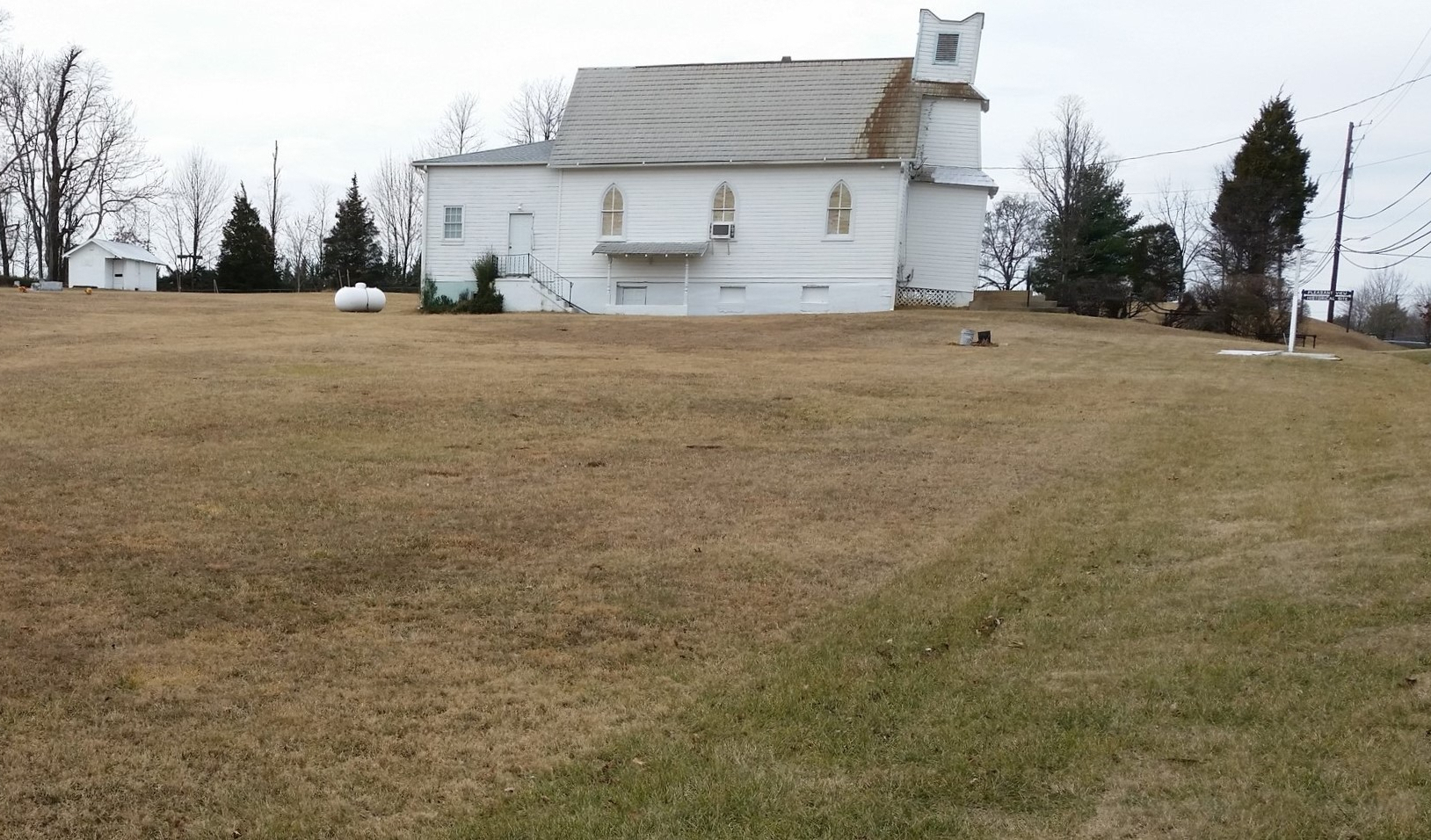
What was once a slope of weedy grass is now adorned by 5,600 square feet of conservation landscaping, including roughly 700 native shrubs and perennials as well as 29 native trees. Using native plants improves storm water management, which protects the water quality of the Muddy Branch (a nearby stream that flows into the Potomac River). Additionally, in the words of Smith, “If each of us tries to plant natives—canopy trees, understory trees, shrubs, perennials and ground cover—we can help the butterflies, birds and other marvelous creatures who share our part of the world.”
Sharing the knowledge used to create this landscape was just as important as the planting. Over 330 community volunteers worked on the site (including LDSES members in the DC region who are part of Earth Stewardship East and members of the nearby Bethesda and Potomac Wards), leading many participants to use the same techniques on their own properties. Over the course of the project, public workshops and tours were also conducted. For those who come in the future, two large educational signs teach the benefits of native plants and small signs identify individual plant species. Through these means, hundreds of people have been—and will be—educated on the advantages of using native plants to create habitat, protect watershed quality, and minimize flood damage.
Beyond functionality, the native plants constitute a beautiful garden that thousands of people view each day as they pass by. The foliage provides a buffer between the cemetery and the highway, making it a quieter and more pleasant place to linger. Thanks to this landscaping project, one nearby resident remarked that the previously forlorn site is now vibrant with life. The hope is that beautifying the grounds will bring more visitors to Pleasant View and help locals cherish this important historic site. The site was originally bought by a group of African-Americans in 1868 so they could have a church and schoolhouse. Their bold determination paved the way for future generations. Last summer, several hundred people gathered for the 150th anniversary celebration of the Pleasant View Historic Site, which was brightened by the revamped landscaping.
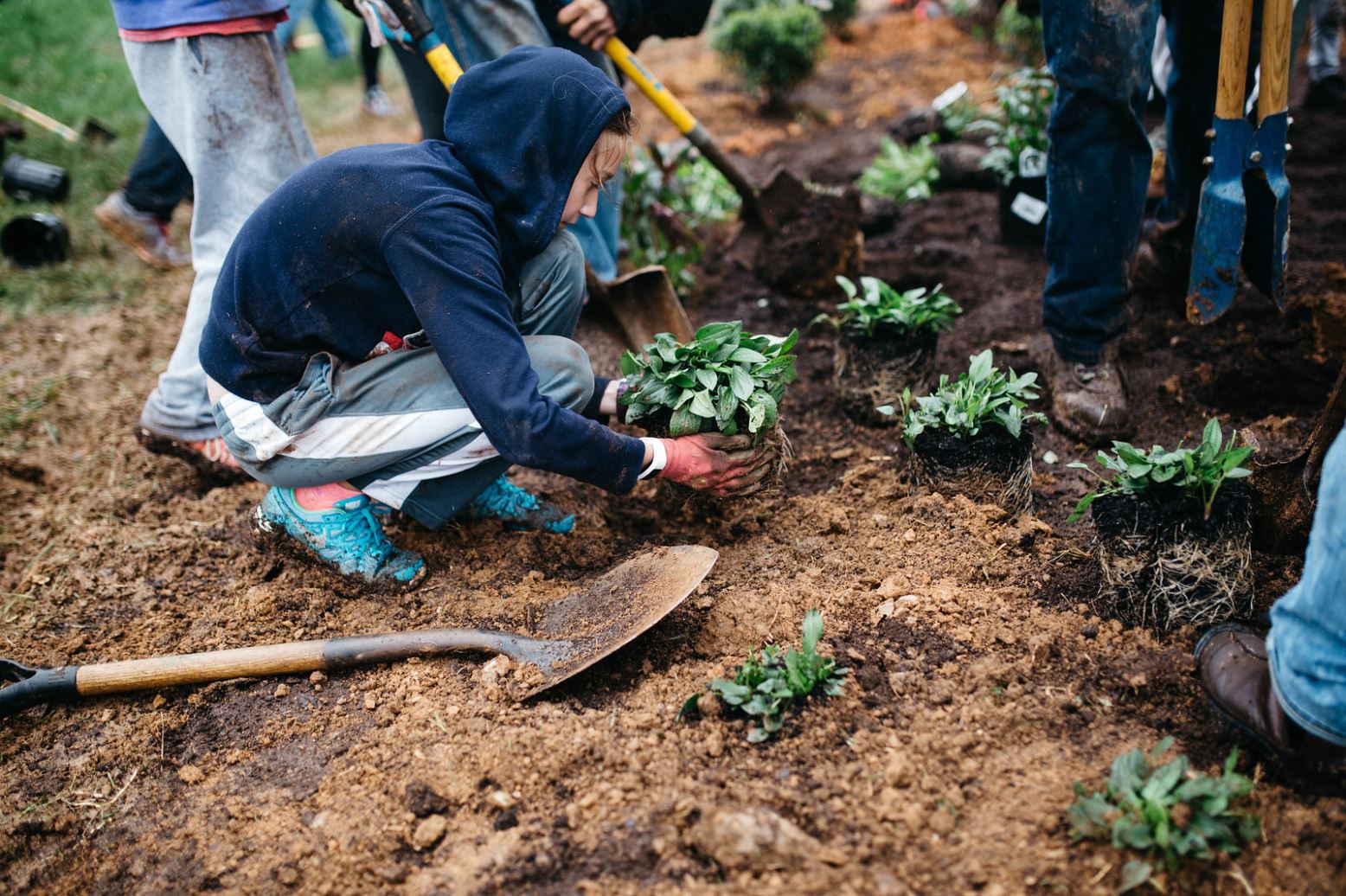
If you’d like to visit the Pleasant View Historic Site, the address is 11810 Darnestown Road, Gaithersburg, MD. For a digital view with more information, visit the Earth Stewardship East website.



